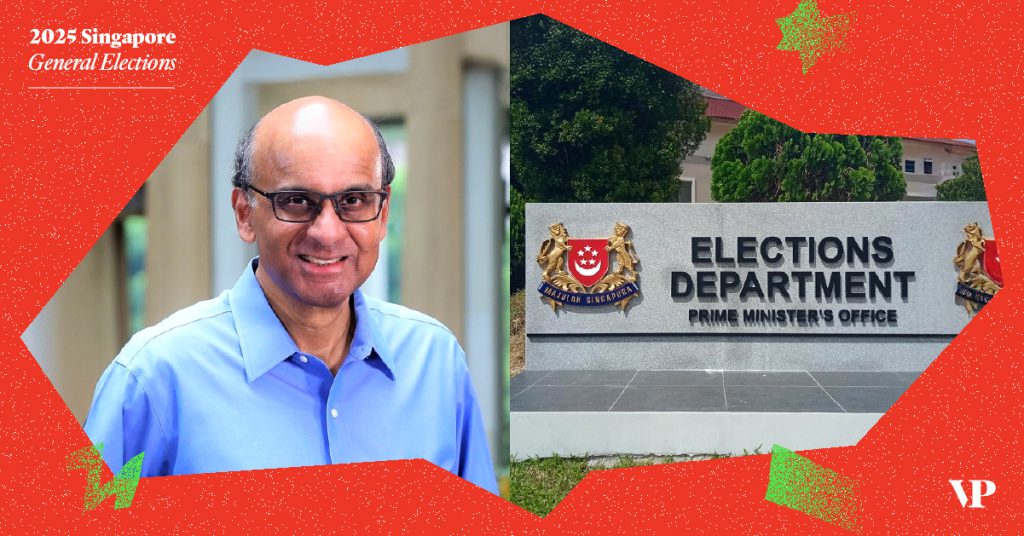Political lingo can be confusing, especially if you’re not someone who regularly keeps up with the topic.
But with Singapore officially heading to the polls, now’s a good time to demystify some of that jargon.
Today (April 15), President Tharman Shanmugaratnam has dissolved Parliament and issued the Writ of Election on the advice of Prime Minister Lawrence Wong.
But what exactly does that mean—and why should you care?
What is the Writ of Election?
The Writ of Election is a formal legal document issued by the President, which kickstarts Singapore’s election process.
It outlines key dates such as Nomination Day, when prospective candidates submit their nomination papers, election deposits and certificates, and Polling Day, when voters cast their ballots.
By law, Nomination Day must be held at least five days (excluding Sundays and public holidays) or at most one month after the issuance of the Writ. Polling Day must take place between 10 and 56 days after Nomination Day.
This year, Nomination Day will take place next Wednesday (April 22), while Polling Day has been set for Saturday (May 3).
In short, the countdown to the polls has officially begun.
You’re going to start to see posters going up around your neighbourhood, campaign rallies, and candidates hitting the ground to engage with voters as parties try to win your support. (We’ve also put together a detailed breakdown of what you can expect in the weeks ahead here.)
If you’re a first-time voter or just need a refresher, now’s the time to start paying attention. The decisions made in the next few weeks will shape Singapore’s future and your everyday life.
Check out our GE2025 microsite for the latest election-related news, find out which constituency you belong to, and who’s running where on the election battleground here.
Featured Image Credit: President Tharman Shanmugaratnam, Elections Department via Facebook/ Graphic designed by Vulcan Post










